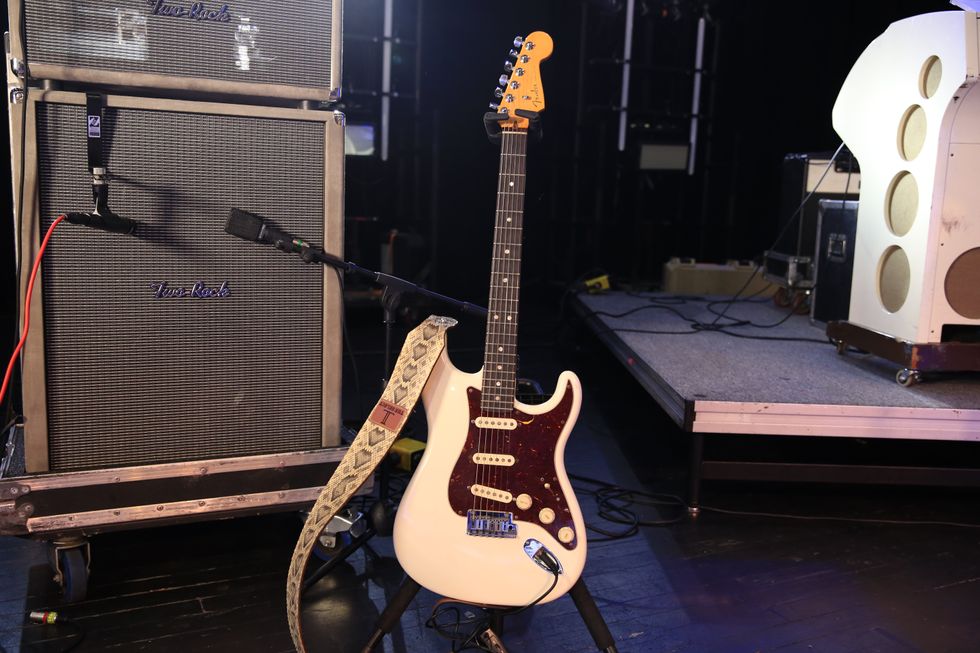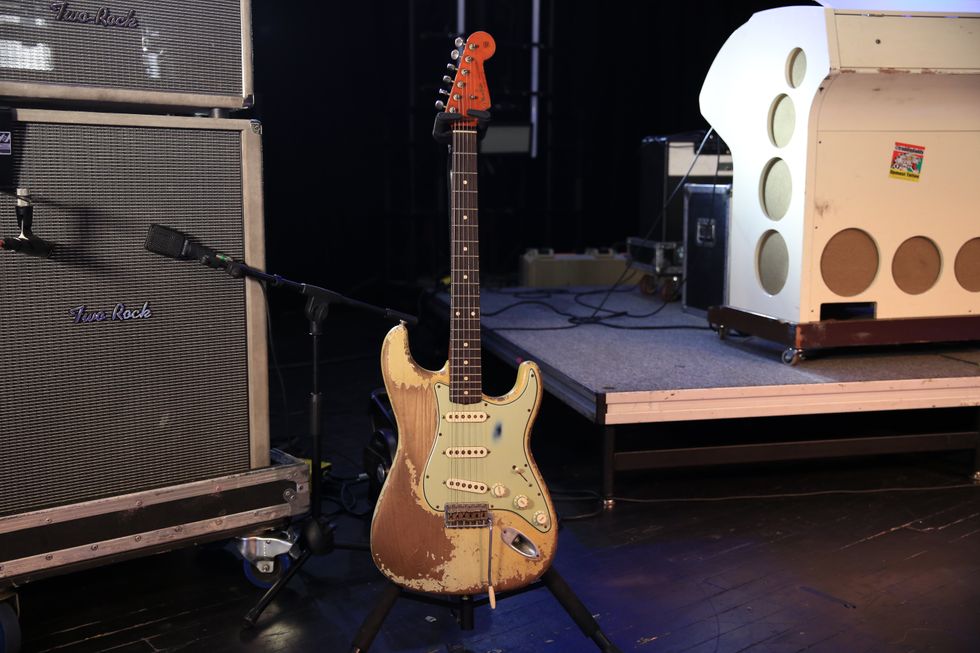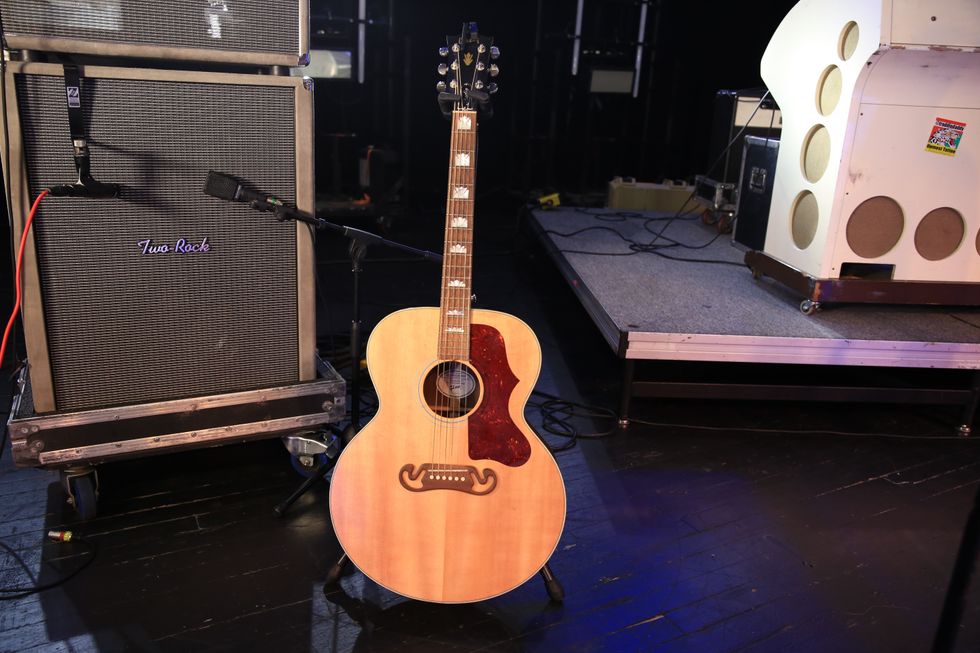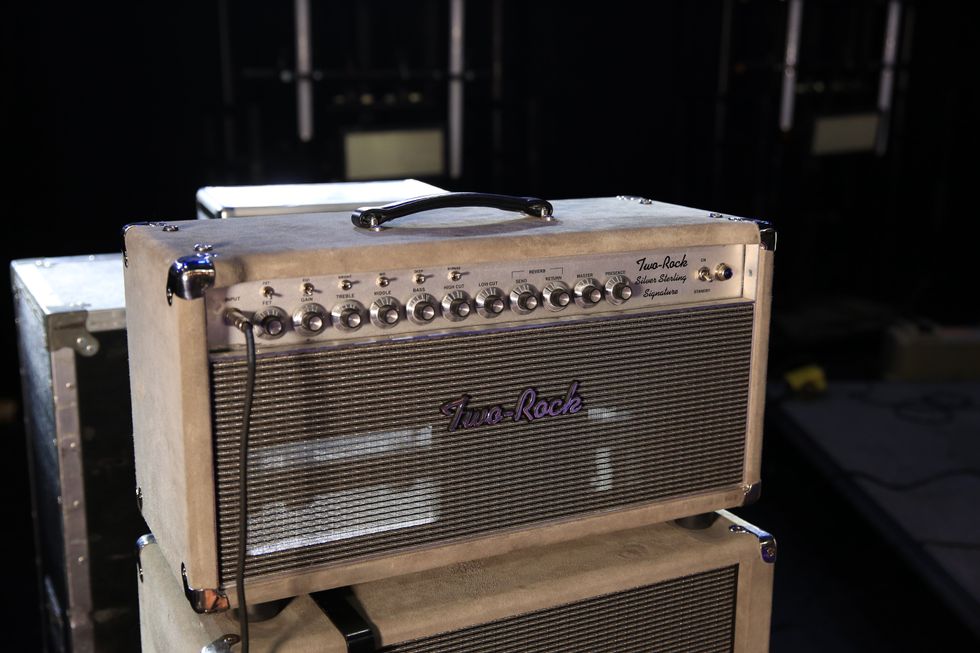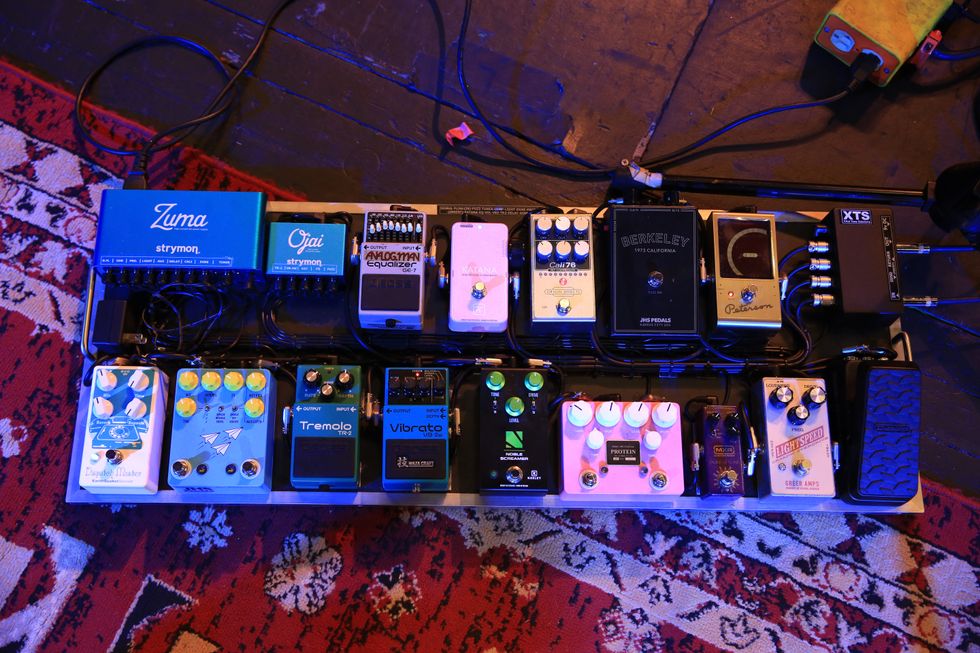Seasonal changes are tough on your acoustic. Here’s how you can take better care of your prized instrument.
As you read this, spring is in bloom in most of the US, or maybe it has been for some time. I’m timing this column specifically to ask acoustic guitarists, in this season of increasing humidity and comfortable conditions, to prepare for what’s coming. It’s never too soon, and time flies. Before you know it, we’ll be back to the maintenance phase and you might be blowing up the phones of your local guitar shops, luthiers, and techs. I’m here to encourage a decidedly old-school approach to preventative guitar maintenance, and yes, it starts now.
Why, you ask? Well, as the lead luthier at Acoustic Music Works, I can tell you that in my nearly 15 years in this position, this was the worst winter ever for preventable repairs on acoustic guitars. Fret sprout, bridge lifts, top sink, soundboard cracks, back cracks, loose binding, general malaise… These hit us very hard in the winter that spanned 2024 and 2025. Am I complaining? On the one hand, no. This is part of how we make our money. On the other hand, yes! Repair schedules related to dryness and humidity issues can stretch into weeks and even months, and nobody wants to be without their favorite instruments for that amount of time. With a little thoughtfulness, however, you might get through next winter (and every one thereafter) without hefty repair bills or time apart from your musical companion.
Our preparation is going to start with an unlikely but very important guitar accessory: the humble notebook. Plain, lined, grid, day planner… it doesn’t matter. We all need to actively participate in our instrument maintenance, and in my experience, fancy apps that track humidity via Bluetooth breed a kind of laziness, a feeling of safety that might prevent us from actually physically looking in on conditions. Better we keep an analog, well, log, so that we know where things stand, and I suggest checking in daily.
“This was the worst winter ever for preventable repairs on acoustic guitars.”
Track your relative humidity, both in the case and in the room where your instruments mostly reside, but also take notes on your action height, top deflection (StewMac has some great tips for measuring this) and anything related to playability that you believe you can observe empirically.
Dryness is the root cause of most guitar issues that manifest in the fall and winter months. Symptoms of dryness include sharp fret ends, falling action and dead frets, sunken top around the sound hole, and cracks and bridge lifts. With your trusty notebook, you’ll get a feel for the sensitivity level of your instrument, and that knowledge is power!
A few other basic implements will not only assist you in your observations, but may also satisfy your need to buy guitar-related things (at least for a minute). Getting quick and comfortable with a fret rocker is a great skill to have, and is invaluable in diagnosing buzzes due to high frets or frets that have come unseated due to dryness. A well-calibrated relief gauge might seem luxurious, but it can prevent you from making unnecessary or extreme truss rod adjustments. A string action gauge, or even a simple machinist’s rule or set of feeler gauges, will help you keep track of your action. Get a three-pack of hygrometers so you can average their readings, rather than depending on one.
Lest we forget: A guitar can not only be too dry, it can also be too wet. By beginning your maintenance diligence in the spring/summer, you’ll also be able to tell if your instrument is the victim of a too-humid environment. The signs of over-humidification are subtle: Your action may rise from a puffed-up top, and in extreme cases, glue joints could begin to fail. In my experience, an over-humidified guitar will suffer from dulled tone, almost like a sock in the sound hole. If you’re sensing a lack of clarity in your guitar all of a sudden, start with new strings. If it persists, it might be due to over-humidification, and you may want to introduce a desiccant to the case for a time. The more lightly built your guitar is, the more sensitive it will be to seasonal changes.
By getting into these habits early, you’ll be empowered by knowing your instrument more intimately. You’ll understand when and why changes in tone and playability might have occurred, and you’ll hopefully save on repair bills year-round. Feel free to reach out with any questions. Who knows? I might just send you a notebook with an AMW sticker on the cover!
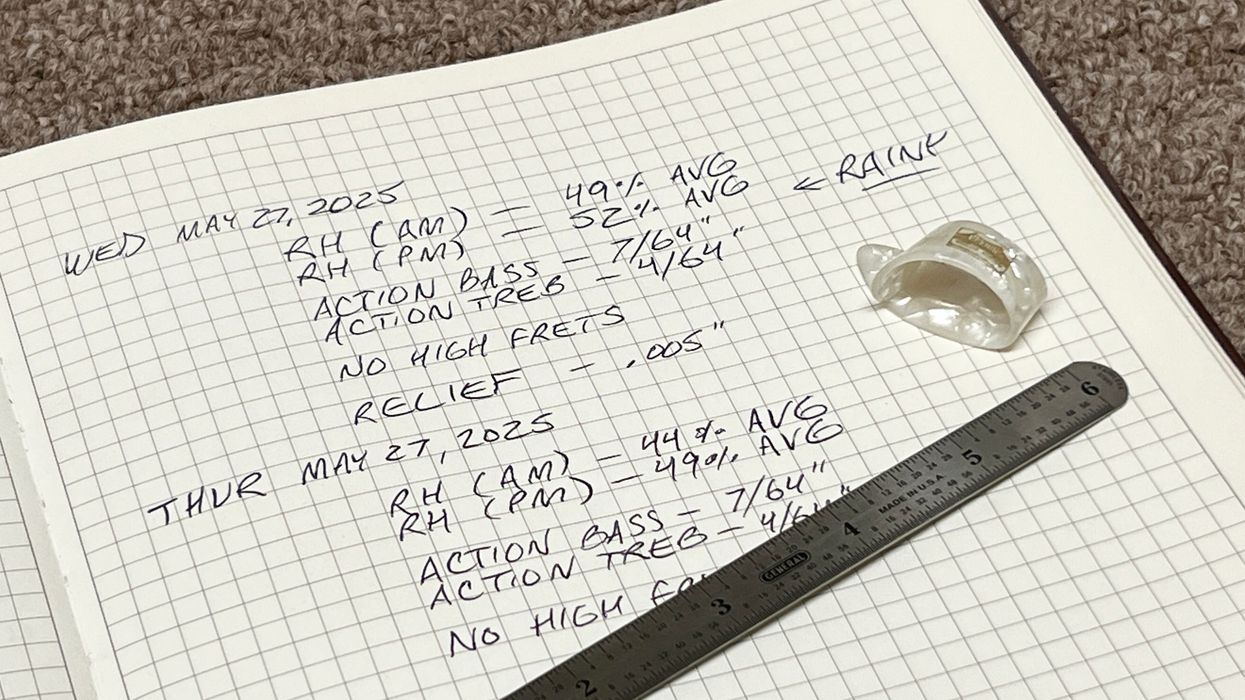







![Rig Rundown: AFI [2025]](https://www.premierguitar.com/media-library/youtube.jpg?id=62064741&width=1245&height=700&quality=70&coordinates=0%2C0%2C0%2C0)


![Devon Eisenbarger [Katy Perry] Rig Rundown](https://www.premierguitar.com/media-library/youtube.jpg?id=61774583&width=1245&height=700&quality=70&coordinates=0%2C0%2C0%2C0)





